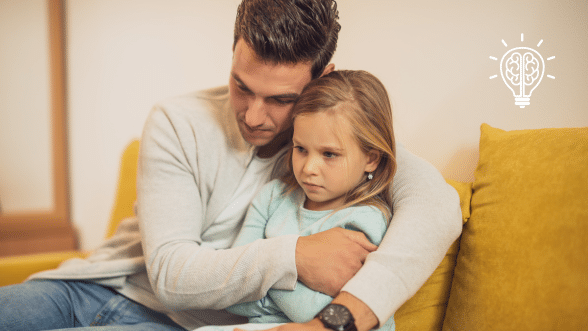
When the clocks “fall back,” it’s a sure sign that winter is on its way(Adjusting to End of Daylight Saving Time). The days are getting shorter, and kids start looking forward to the holidays. But the end of daylight saving time has other implications as well. The time shift can affect sleep schedules and hinder executive functions in both kids and adults.
Whether you’re preparing yourself for the time change or trying to figure out the best way to support your child through it, learning about why this period is so tricky for so many people can make the process easier.
How Changing the Clocks Affects Us
Daylight saving time (DST) is a one-hour adjustment made to clocks—one hour back in the fall to allow for more light during the day, and one hour forward in the spring to allow for more light in the evening. While that one hour may not seem like a huge deal, it can have a significant impact on people’s well-being. If it seems like people get stressed and grumpy when the clocks change, it’s not just your perception—there’s some science behind it.
Some academics argue that daylight saving time is essentially forcing people’s biological clocks to be misaligned for 8 months of the year. This can be harmful for a person’s natural sleep-wake cycle, also called their circadian rhythm.
As a result, the “fall back” to standard time can cause people of all ages to feel sleepy, irritable, and depressed. There is even data suggesting that the switches around daylight saving time increase cardiovascular risk due to sleep disruptions and the physical effects of stress.
When it comes to kids, sleep disruptions are the main issue. If your child is an early bird, they may wake up even earlier—which deprives them of essential rest. In other cases, kids may become overtired before bedtime because their internal clock is signaling it’s time to snooze, but the clock isn’t there yet.
Research shows that even one night of sleep deprivation can impair executive function, the cognitive skills people need to set goals, and strategize and adapt to meet them. Parents may notice kids struggling to deal with changing circumstances, and see their problem-solving skills suffer, which can make it difficult for them to thrive in school.
How to Adjust to the Return of Standard Time
While the switch from DST to standard time is unavoidable for the time being (although there are discussions about getting rid of it), it doesn’t have to derail your household. There are a few steps that can help everyone adapt.
1. Know Your Sleep Needs
While the right amount of sleep can be highly personal, there are some general guidelines based on age groups. Kids aged 6 to 12 need 9 to 12 hours per night, while teenagers need 8 to 10 hours per night. Adults need at least 7 hours per night.
2. Shift in Small Steps
Instead of a one-hour shift in one day, make it a subtle change over time. Start going to bed 15 minutes earlier and waking up 15 minutes earlier in the week before the clocks change. Working incrementally makes for a smoother, more manageable transition than changing a routine all at once.
3. Reconfigure the Lighting
Light plays a big role in sleep-wake cycles, so the bedroom blackout curtains that came in handy during daylight saving time in the spring and summer might not be necessary when standard time returns for the fall and winter.
Since the sun rises earlier during standard time, it might align better with your natural rhythm and daily schedule. Make sure the bedrooms and living spaces have plenty of ambient lighting to offset those earlier sunset times, too.
4. Get Moving
If you or your children struggle to wake up and feel focused when the clocks change, try to start the day with some stretches or a brisk walk. Starting with physical activity gets everyone energized in the morning.
Watching it get dark out earlier can make it tempting to skip the afternoon or evening workout you enjoyed all summer, but sticking to a routine can help you sleep at night.
5. Set a Healthy Sleep Routine
Developing a standardized bedtime routine can help kids and adults fall asleep more easily. When it gets dark earlier, time blindness can make it hard to get to bed at a reasonable hour—especially since so many people unwind by watching TV or browsing the internet or social media, which increases blue light exposure.
Something as simple as setting a reminder to pick up a book before bed sends the signal that it’s time to prepare for sleep. Make sure everyone in the house changes into their PJs and washes up before getting into bed to read that next chapter.
With a proactive approach, changing the clocks doesn’t have to be a hassle. Since the key is to develop habits that become an effective routine, many of these tips are applicable in the spring when it’s time to jump ahead one hour.




